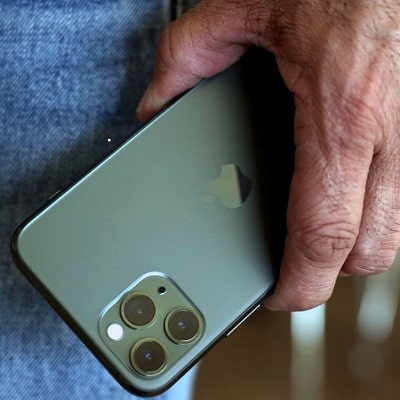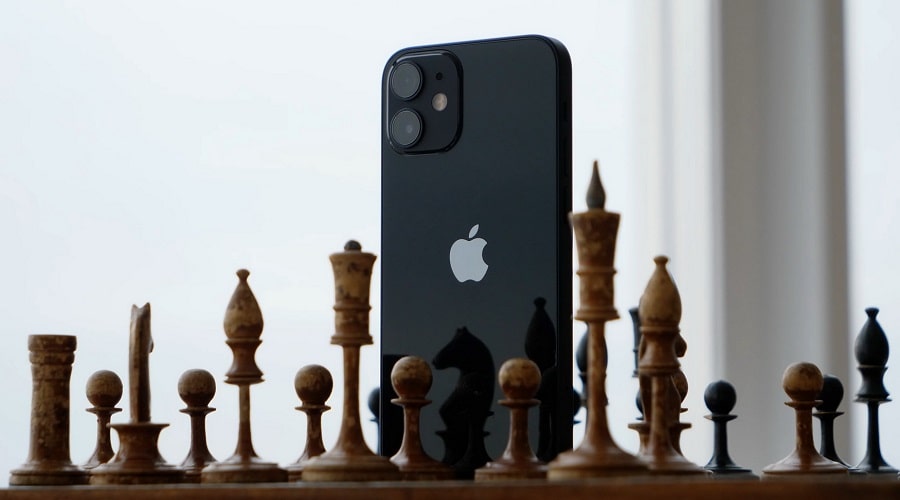The iPhone’s chips

We share the secrets behind Apple’s marketing strategy to help build excitement around the imminent release of the new iPhone.
Advertising for value, not product
Inspired by Nike’s advertising campaign, Steve Jobs has focused on celebrating people rather than technology. Whereas previously Apple marketers worked on slogans, conveying to the consumer the degree of usefulness of their iron cars, now their attention is captured by passionate employees of the company, constituting the very value that can change the world for the better. Thus a new slogan was born: “Think different”. John Lennon, Muhammad Ali, Mahatma Gandhi and Martin Luther King were all featured in the advertising images. Consumers got used to the idea that madmen ruled the world, and this had a resounding effect. The company began to tell consumers about the value of the product, rather than its benefits, and its desire to change the world by showing people who had managed to achieve this in advertisements.
The anchor effect
This is the sales technique whereby a salesperson inflates the initial price of a product and then lowers the price, achieving the desired effect of attracting the buyer’s attention.
This method came in handy for Steve Jobs during the presentation of the first iPad. The entrepreneur said on behalf of scientists and marketers that the cost of the iPad should be close to $1,000, and the monitor showed the number 999. The speech continued, the audience began to get used to the assigned price, but Jobs finally said that the company considers the reasonable cost of iPad – $499. People in the audience got a happy feeling, as if they were lucky enough to get the product at half price.

Secrecy
Apple never reveals all the features of a new version of the iPhone before its release. Information is fed little by little, fuelling fans’ interest and causing them to spread a lot of rumours amongst themselves and on social media. The media doesn’t stay away either and speculates about the cost and functionality of the new product. Product publicity is created as if without the company itself being involved. This is what happened with the Apple Watch in 2014 – it was introduced in between when the presentation was coming to a close and the audience had given up hope.
The product can be seen and tested in action
The company’s physical shops are an important marketing lever. All the models on display can be picked up, inspected, switched on, and accessed via social media and email. Such a move boosts sales significantly. Each stand has a separate consultant who is ready to answer any tricky questions and discreetly encourage people to buy if they hesitate. The consultants also act as cashiers and are equipped with payment terminals. Such a system makes the place look more like a showroom than an ordinary shop. There are no queues and instant checkout leaves no time for customers to think.
Unpacking
Even the unpacking videos of Apple products captivate the viewer and keep the intrigue going, as each time the contents of the box changes. For example, in the box with iPhone 5 headphones suddenly appeared, while iPhone 7 has an adapter for connecting regular headphones to the Lightning connector. Therefore, people are eagerly awaiting the unboxing videos, which are essentially free brand promotion.


